Groundbreaking study finds 13.3 quadrillion plastic fibers in California’s environment
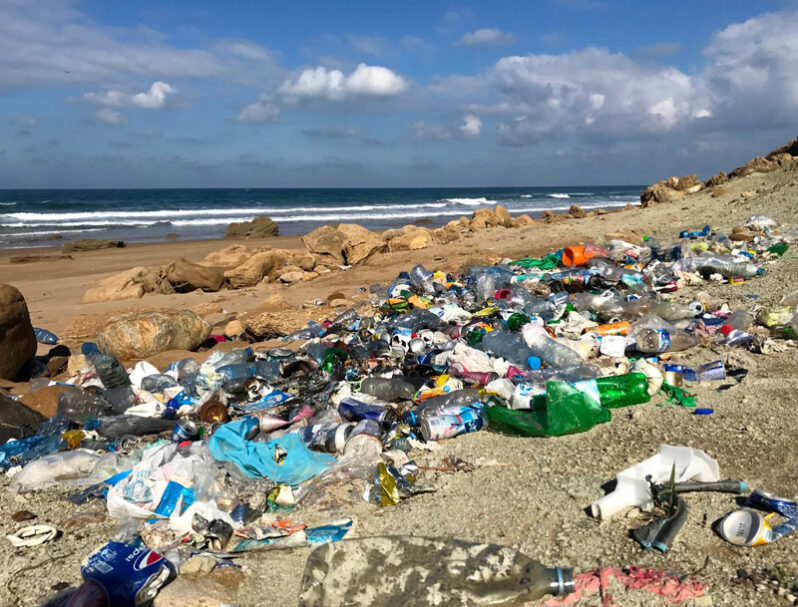
A study in California has laid bare the staggering scale of pollution from plastic microfibers in synthetic clothing – one of the most widespread, yet largely invisible, forms of plastic waste.
After Fighting Plastic in ‘Paradise Lost,’ Sisters Take On Climate Change
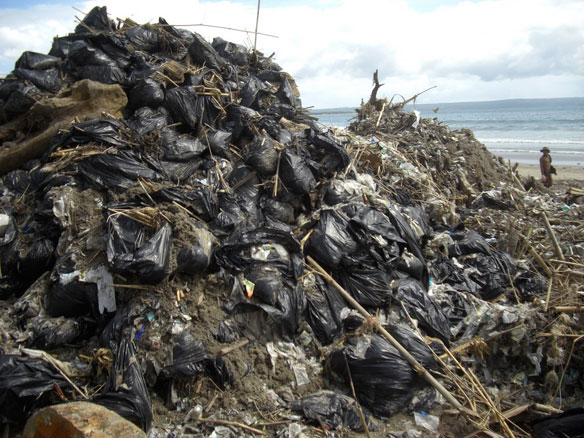
It was trash season on Bali, the time of year when monsoon storms wash up tons of plastic debris onto the island’s beaches. It was also the time for two teenage sisters, Melati and Isabel Wijsen, to organize their annual island cleanup.
Synthetic clothing fibers contribute vast amounts of plastic pollution on land

176,500 metric tons of synthetic microfibers—chiefly polyester and nylon—are released every year onto terrestrial environments across the globe, according to a new study.
Removing marine plastic litter is costly for small island states
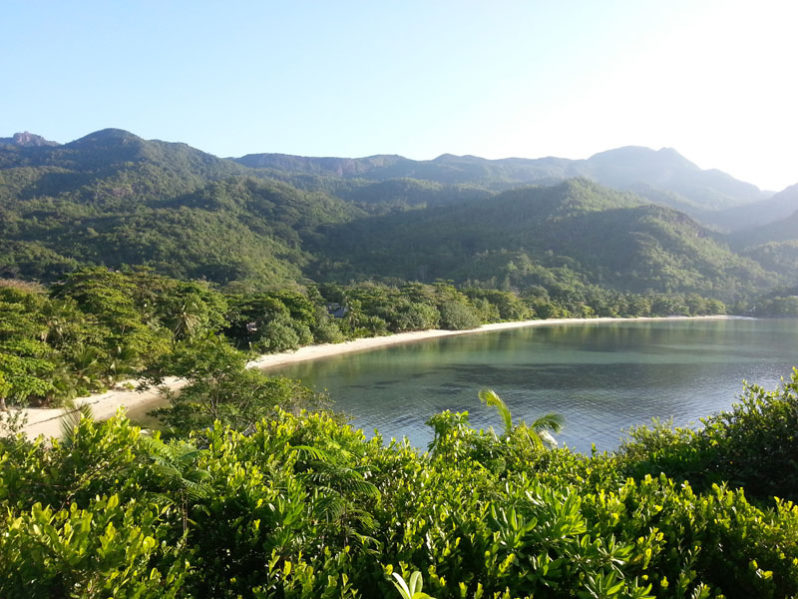
Removing all of the plastic litter from the UNESCO World Heritage Site of Aldabra Atoll—a ring of islands formed from coral reef in the Seychelles—would cost US $4.68 million and require 18,000 hours of labour, according to a study in Scientific Reports.
Why Bioplastics Will Not Solve the World’s Plastics Problem

Bioplastics are being touted by industry marketers as the solution to plastics pollution. But the idea that bottles and packaging made of plant-based material can simply be discarded and then break down and disappear is false
Plastics, waste and recycling: It’s not just a packaging problem
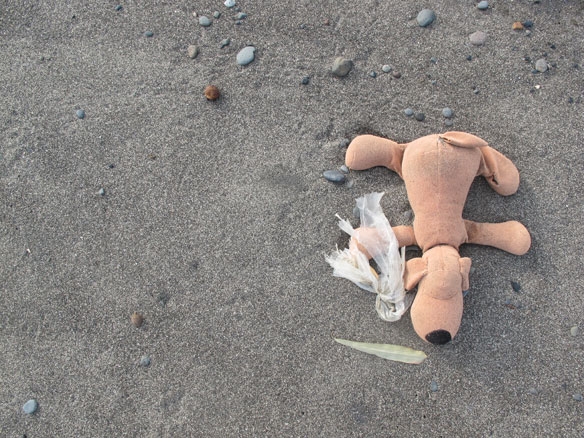
Discussions of the growing plastic waste problem often focus on reducing the volume of single-use plastic packaging items such as bags, bottles, tubs and films. But a new University of Michigan study shows that two-thirds of the plastic put into use in the United States in 2017 was used for other purposes.
There is at least 10 times more plastic in the Atlantic than previously thought

The mass of ‘invisible’ microplastics found in the upper waters of the Atlantic Ocean is approximately 12- 21 million tons, according to new research.
Critical questions over disease risks from ocean plastic
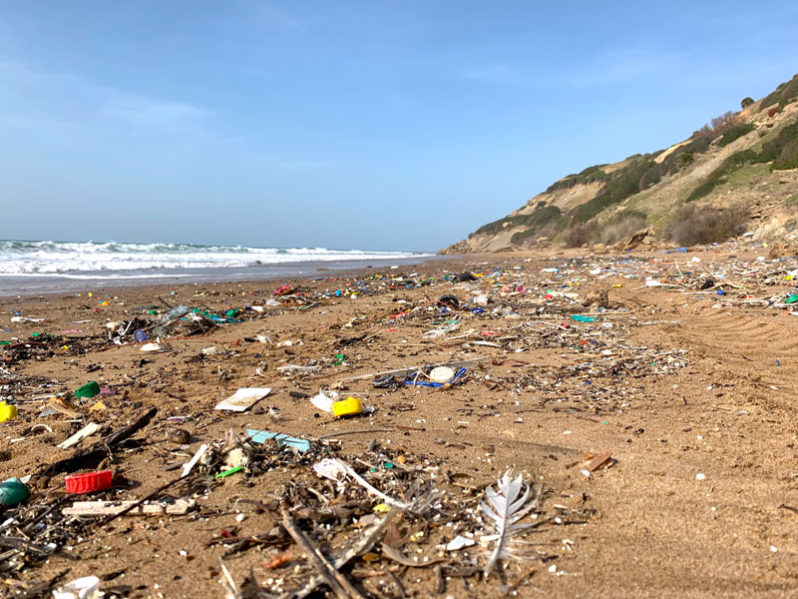
Key knowledge gaps exist in our understanding of how ocean microplastics transport bacteria and viruses — and whether this affects the health of humans and animals, researchers say.
Research reveals microplastic content levels in seafood
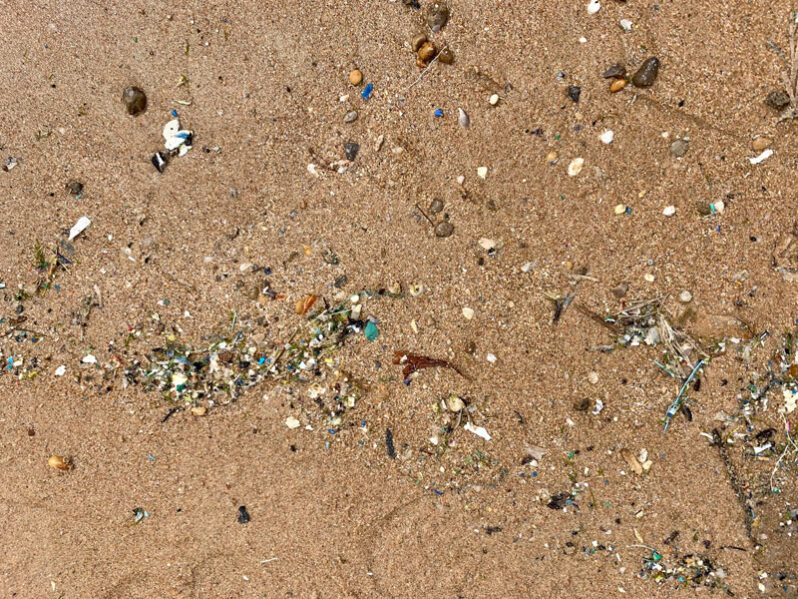
Levels of plastic contamination has been found in samples of popular seafood such as prawns, oysters and crabs, with the highest content found in sardines, according to University of Queensland research.
